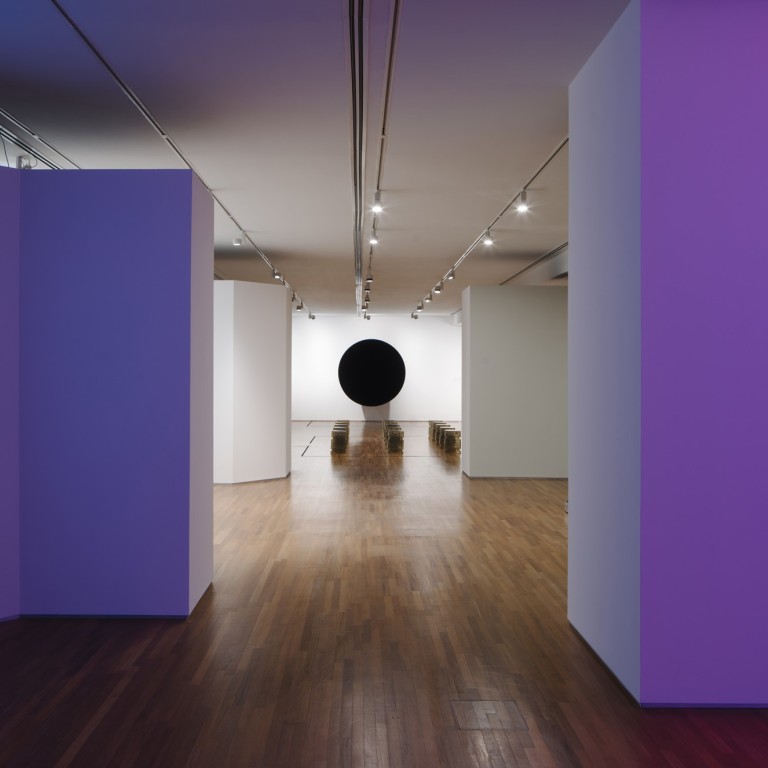
Making minimalism: designer of National Gallery Singapore exhibition on learning to do less
Robert Cheng, 41, founder of Brewin Design Office, reveals the highlights and challenges of designing the ‘Minimalism: Space. Light. Object.’ exhibition
“We won a public tender [for the exhibition design project] by coming up with a concept built around a pilgrimage. It was about encountering journeys, seeking a particular goal and learning about yourself: the calling, the separation from reality, the actual journey, a moment of contemplation, a new lesson and the return to reality. How would one stitch the different spaces and rooms into something powerful enough to immerse somebody?”
Interpretation “It was about letting the artworks speak for themselves, rather than assuming that these walls [of grand architectural gestures] would ‘promote’ the artwork. We had to work in a quick, malleable way.”
From Mark Rothko to Ai Weiwei, minimalist art explained
Challenges “One of the main challenges was we felt, as a service provider, as though we had multiple clients. We worked with three curators and the gallery’s director. There were so many art pieces from private owners and foundations; we had to ensure that we met all their requirements.”
“For Mona Hatoum’s “Impenetrable” [2009], we created a floating, cantilevered ceiling to hang the 100kg work that is split into a thousand pieces of barbed wire and hung on threads. It was so heavy we needed to tie it with two cables around a massive beam that held up the roof. We were lucky the museum allowed this. Usually, with any temporary show, you’re working within the envelope of the gallery, and here we are basically tying it back to the main structure.”
Highlight “Working with lighting designer Hervé Descottes [of L’Observatoire International, New York]. He felt that the ceiling was as important as the floor, so we adhered to a strict rhythm: when you looked up you would see the light fixtures abiding to a minimal grid form. That opened a can of worms, as we had to find different ways to light the work. It led to me being on a crane, shifting lights with the lighting and curatorial teams.”

Takeaway “Go beyond the surface. Some of the newer designers strip interiors to reveal the rubble of a concrete wall. I wonder if this is the answer to minimalism. There has to be a much deeper reason behind all that. It’s not just ‘declutter’.
“For homeowners, it’s about being able to have subtle qualities that only reveal themselves to you. How do you line the inside of your pocket so only you know that it has a different texture or pattern, but from the outside you don’t see it? How do you look inward and create things with the same amount of poetry and narrative, but not do it to prove something or to simplistically strip things bare?
“It takes a ton of discipline. So much of minimalism ties back to Zen principles. In some ways, this project is about learning how to un-design. How to do less.”
“Minimalism: Space. Light. Object.” runs at the National Gallery Singapore until April 14.
